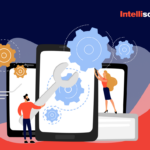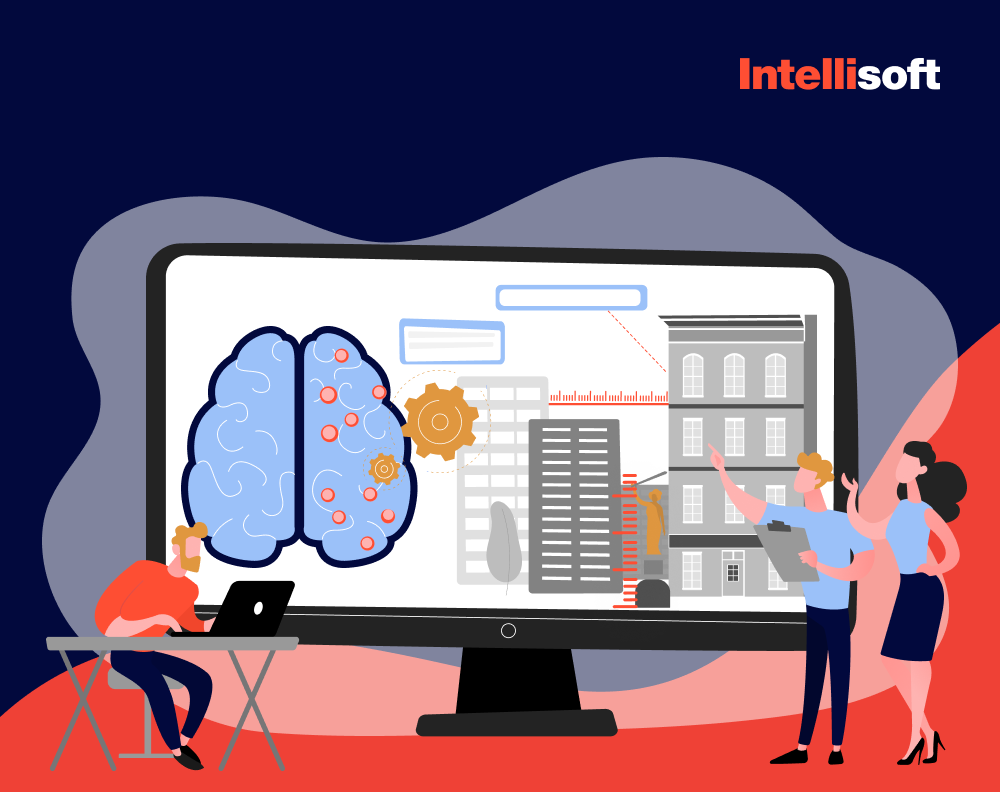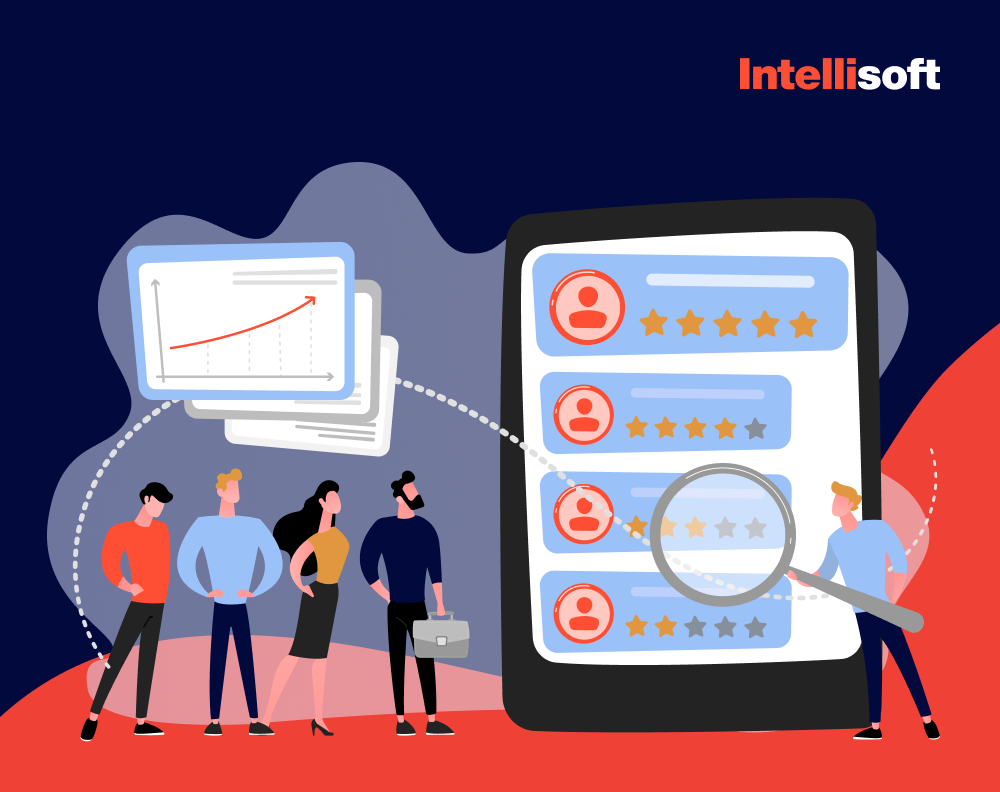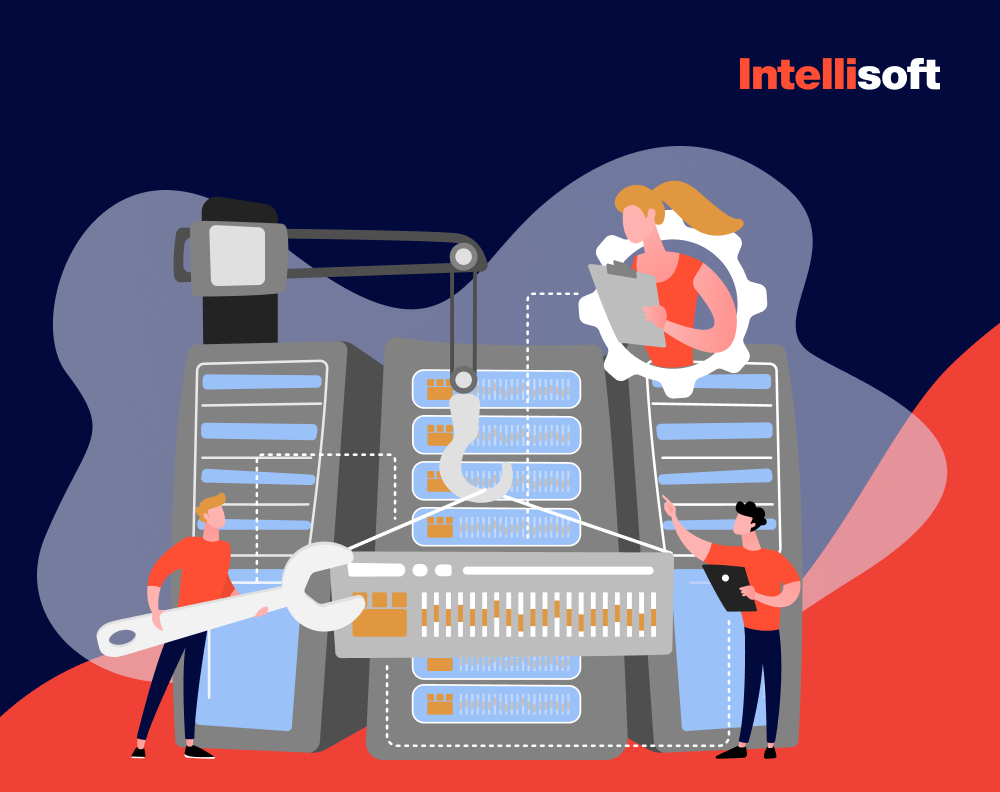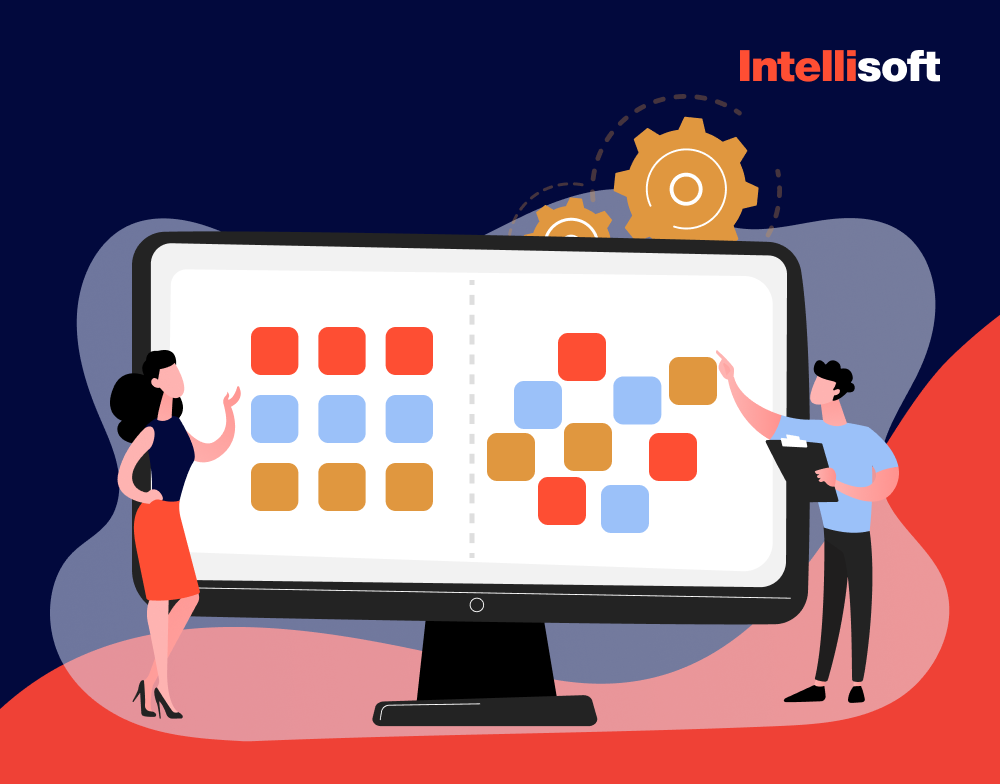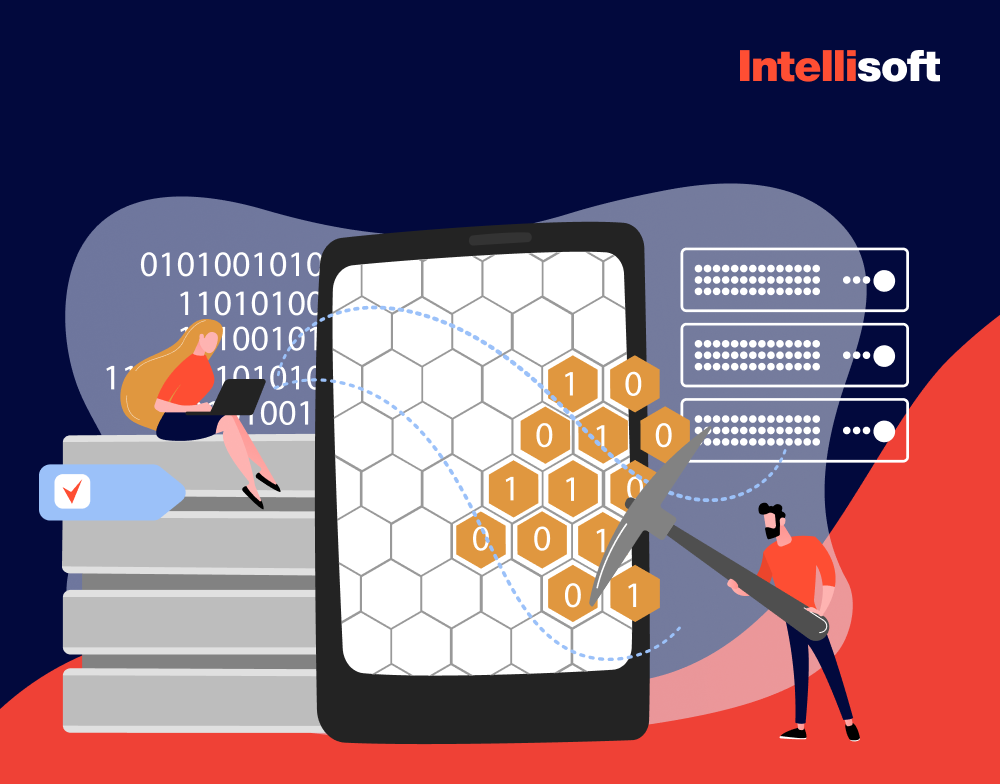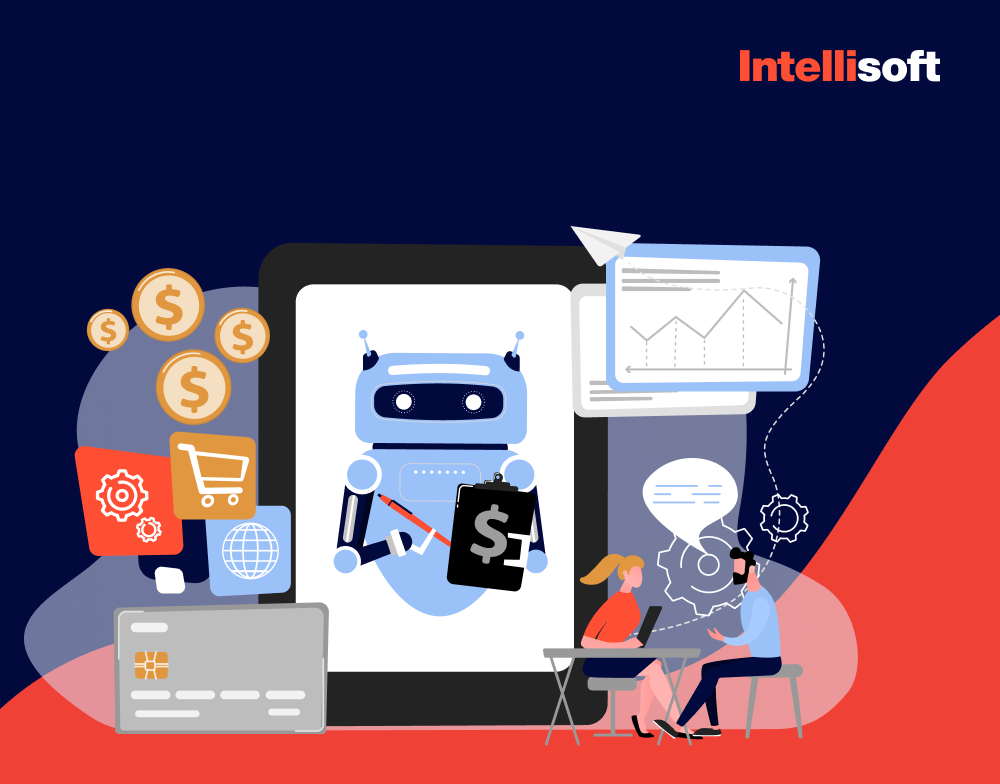Generative AI is an exceptional technology that has redefined how we approach artificial intelligence. With its powerful algorithms, it can generate new content ranging from audio and code to images, text, simulations, and videos. The breakthroughs in generative AI witnessed in 2023 have pushed the boundaries of what was previously thought possible, leading to dozens of successful generative AI use cases.
In November 2022, OpenAI released ChatGPT, the latest version of their innovative generative AI technology. The public response was overwhelming, with over a million people signing up to use it within five days of its release. Since then, ChatGPT’s popularity has continued to soar as more and more people experience the benefits of its cutting-edge capabilities.
Generative AI has many practical applications that go far beyond technology. It can be used to create new product designs that would be difficult or impossible to conceive otherwise, optimize business processes to maximize efficiency, and even generate entire virtual worlds that can be explored and experienced by users.
In this article, we will delve into the basics of generative AI, its current ecosystem, and use cases for generative AI that revolutionized various industries.
Table of Contents
What Is Generative AI?
What we should know about generative AI? This powerful technology relies on massive databases of various data types, including texts, images, code, and more. These databases are at the core of generative AI models, which use advanced machine learning algorithms and techniques to learn the patterns, structures, and relationships between data points.
For example, generational models such as GANs and VAEs are used to generate images, videos, 3D models, and music. On the other hand, LLMs are employed to generate text and language. These models learn the grammar of poetry, artistic brushstrokes, musical melodies, and more by analyzing the vast data available.
To do this, generative AI models imagine each data point as a glowing orb placed on a vast, multi-dimensional landscape. The model meticulously maps these orbs, calculating the relative heights, valleys, smooth slopes, and jagged cliffs. It creates a probability map as a guidebook for predicting where the next orb (i.e., the generated content) should land.
When a user inputs a prompt, such as a word, sketch, musical snippet, or line of code, it serves as a guiding light for the AI model. The prompt helps the model zero in on a specific area on the probability map. Once the model has located the region, it traverses it by probabilistically selecting the next element. This navigation is influenced both by the patterns the model has learned and the direction provided by the user’s prompt.
However, the quality of the outputs heavily relies on the training data, adjusting the model’s parameters, and prompt engineering. Therefore, it is crucial to source responsible data and mitigate biases. For example, training a generative AI model on a dataset of only romance novels will result in unusable output if a user prompts the model to write a factual news article.
Generative AI Statistics
The market for Generative Artificial Intelligence (GAI) is predicted to experience remarkable expansion in the coming years with a projected Compound Annual Growth Rate (CAGR) of more than 31.4% from 2023 to 2030. This cutting-edge technology is currently valued at an estimated $13.71 billion worldwide, indicating that GAI is becoming a significant player in the global market.
The rapid growth of use cases for generative AI can be attributed to the availability of digital data, adoption rates, which ChatGPT predominantly leads, and significant advancements in machine learning. North America holds a dominant share of 41% in the generative AI market.
Generative AI tools are already being used in workplaces. A recent survey showed that 29% of Gen Z, 28% of Gen X, and 27% of Millennial respondents use generative AI tools in their offices.
Another survey was conducted to determine the industries experiencing the most disruption due to generative AI. The following sectors have been impacted the most:
- Advertising and marketing (37%)
- Technology (35%)
- Consulting (30%)
- Accounting (19%)
- Healthcare (15%)
How Generative AI Works
Generative AI is a powerful technology that utilizes neural networks to analyze and identify patterns and structures in existing data. By doing so, it can generate new and original content that closely resembles human-generated data. The process involves using both unsupervised and semi-supervised machine learning algorithms, which are trained on a wide range of data, such as text, images, music, and videos.
During the training phase, generative AI is exposed to diverse datasets, allowing it to learn the underlying distribution of the data. This approach enables it to create new content similar in style, tone, and structure to the original input. The possibilities of generative AI are vast and varied, as it can produce a wide range of content types, including text, imagery, audio, and synthetic data.
This approach makes generative AI a highly versatile and helpful technology that can be used across top generative AI use cases, from generating realistic images and videos to creating new music and written content.
Generative AI techniques
Generative AI techniques are a set of sophisticated algorithms and methodologies specifically designed to generate new data that shares similarities with the training data. These techniques are incredibly versatile and employ various approaches in top generative AI use cases. Let’s look at the most advanced techniques:

- Generative Adversarial Networks (GANs). Generative Adversarial Networks (GANs) are a fascinating type of deep learning model that consists of two sub-models: a generator and a discriminator. While the generator produces synthetic data samples, the discriminator evaluates the authenticity of these samples. The generator aims to improve over time, producing increasingly realistic data that could trick the discriminator into believing they are authentic. This iterative process creates a realistic simulation of real-world data, making GANs an essential tool in various industries, including image and video processing, natural language processing, and even game development.
- Variational Autoencoders (VAEs). Variational autoencoders (VAEs) are a type of neural network commonly used for compressing high-dimensional data into a lower-dimensional representation. This lower-dimensional form is then used to reconstruct the original data, which can generate new data similar to the input data.
- Transformers. Transformers are a neural network architecture initially developed for natural language processing tasks. They can generate text by comprehending the context of the input data, meaning they can understand the relationships between words and phrases and use this knowledge to produce coherent and meaningful output.
- Unsupervised and Semi-supervised Learning. Machine learning algorithms have revolutionized the way computers process and generate data. They employ complex statistical models and algorithms that enable computers to learn from vast amounts of data and iteratively improve their performance without requiring explicit instructions for every step of the process.
Generative AI Use Cases
Generative AI is gaining popularity in marketing and sales due to its ability to produce high content volumes quickly. However, there are few use cases of generative AI in healthcare and insurance. These industries are more cautious due to legal and compliance concerns and the need for more transparency and regulation in generative AI.

Code Generation
As the field of software development continues to grow, so does the use of generative AI. This advanced technology is becoming increasingly popular among programmers, allowing them to write code more efficiently, automate complex coding tasks, and maintain code across different platforms. Generative AI can identify and fix bugs in the code, which helps ensure code quality without requiring extensive manual testing.
Besides, it is a valuable tool for creating different types of documentation essential for software development, such as technical documentation, user manuals, and other relevant materials. By automating these tasks, generative AI helps to streamline the software development process, allowing developers to focus on more complex tasks and ultimately deliver higher-quality products.
Product Development
Recently, product designers have increasingly come to rely on Generative AI technology to optimize design concepts on a large scale. This revolutionary technology has significantly enhanced the design process by enabling quick evaluation and automatic adjustments, saving valuable time. It also assists in structural optimization, ensuring that products are strong, durable, and use minimal material, which can significantly reduce costs.
Generative design must be integrated throughout the product development cycle to achieve the highest impact, from initial concept to building and procurement. With Generative AI technology at their disposal, product designers can now create innovative designs that were once thought to be beyond their reach.
Moreover, generative AI use cases in manufacturing show its purpose in user feedback analysis, allowing product managers to improve products based on user needs and preferences. This approach helps achieve greater customer satisfaction and loyalty, increasing sales and revenue.
Sales and Marketing
Generative AI has revolutionized marketing campaigns by allowing companies to personalize communication with potential and existing customers through different channels such as email, social media, and SMS. This technology facilitates campaign execution and enhances the ability to create more quality content. In the sales domain, generative AI helps drive team performance by providing deep analytics and insights into customer behavior.
Marketing departments use this technology to analyze data, understand consumer behavior patterns, and create content that resonates with their audience. This approach often involves suggesting news stories or best practices that align with their interests.
Generative AI helps target and segment audiences dynamically, identify high-quality leads, and significantly improve marketing strategies and outreach efforts. In addition, well-developed prompts and inputs guide generative models to output creative content for emails, blogs, social media posts, and websites. Organizations can also revamp and edit existing content using AI tools. Custom generative AI language generators can also be also created and trained on the brand’s tone and voice to match the brand’s previous content more accurately.
Project Management and Operations
Generative AI-powered tools can transform project management practices by providing an array of automation capabilities that can be integrated into their platforms. With the assistance of generative AI, project managers can considerably enhance their workflow and project results. These advantages consist of automatically generating tasks and subtasks, utilizing historical project data to predict timelines and requirements, taking notes, and anticipating risks.
Generative AI tools provide several benefits, and one of the most significant is their ability to help project managers easily search through and analyze critical business documents. This is one of the best use cases for generative AI because project managers can generate instant summaries of lengthy documents, saving them considerable time and effort.
This approach frees up their time to focus on higher-level strategic planning and decision-making rather than getting bogged down in the daily minutiae of business management. Additionally, generative AI enables project managers to quickly monitor their projects’ progress, identify potential risks or issues, and proactively address them before they become major problems.
Graphic Design and Video
Generative AI is an innovative technology with immense promise in creating realistic images and animation. By leveraging this technology, video production can be facilitated to eliminate the need for actors, video equipment, or editing expertise. This approach makes AI tools perfect for creating videos. With AI video generators, businesses can effortlessly create videos in any language, catering to diverse audiences across the globe.
Although it may take some time before generative AI-created videos can effectively replace human actors and directors, many organizations are already experimenting with the technology to explore its possibilities. Users can also benefit from this technology by using image generators to edit personal photos or create professional-looking business headshots for business use on platforms such as Slack or LinkedIn.
Business and Employee Management
Generative AI has become a game-changer in the customer service industry. From providing support agents with easy-to-use documentation to improving communication between employees and managers, generative AI-powered tools have significantly impacted. With the ability to search through large amounts of data, these tools have allowed support agents to resolve customer issues quickly.
Moreover, generative conversational AI portals have made it easier for employees to receive feedback and identify areas for improvement without involving management. These innovative tools have also structured performance reviews, providing a more transparent framework for employees and managers to discuss feedback and growth opportunities. Generative AI has revolutionized the customer service industry by making it more efficient, transparent, and employee-friendly.
Customer Support and Customer Service
With the rise of chatbots, businesses have been able to automate their customer support services, saving time and resources. However, a recent shift has been towards developing more advanced chatbots by integrating cutting-edge technologies. With the help of generative artificial intelligence (AI), chatbots can now engage in natural conversations with customers, comprehend context and nuances, and process large amounts of data to provide accurate responses to customer queries.
Unlike human agents, AI-powered chatbots can work 24/7 to provide a seamless user experience. Although transitioning from traditional chatbots to AI-powered companions is still nascent, the possibilities are endless. We can expect more advanced and interactive AI interactions as technology evolves, blurring the lines between virtual and human assistance.
Fraud Detection and Risk Management
Generative AI has become invaluable for insurance professionals who must process and analyze large amounts of data quickly and accurately. This technology has enabled underwriters and claims adjusters to efficiently review policies and claims, identify trends and anomalies, and optimize client outcomes.
Generative AI can provide relevant information directly to underwriters, adjusters, and risk managers by generating custom reports and summaries tailored to the specific needs of insurance professionals. It saves them valuable time and simplifies decision-making processes.
Despite generative AI’s many advantages, human judgment and oversight are still necessary for making final decisions and ensuring fair outcomes. While generative AI can help identify relevant patterns and insights, human insurance professionals are responsible for making decisions and ensuring fair outcomes. Therefore, it’s critical to balance generative AI’s benefits and the importance of human oversight.
Generating Synthetic Data for Training and Testing
The emergence of Artificial Intelligence has revolutionized the way modern businesses function. One of the key benefits of AI technology is its ability to generate synthetic data sets that can serve multiple purposes. These data sets can be incredibly useful in training AI models, testing new products, and simulating real-world scenarios.
One of the most remarkable aspects of synthetic data sets is that they can be created without relying on actual data, which may be sensitive or too expensive to obtain. This approach can help businesses save on costs while ensuring data privacy, making it an appealing option for any enterprise.
In addition to cost and privacy benefits, synthetic data sets can eliminate the constraints of gathering and preparing real-world data, which can be both time-consuming and expensive. By leveraging synthetic data sets, companies can speed up the development cycle, experiment with AI models, test new features, and bring products to the market faster. Ultimately, this approach can boost efficiency, productivity, and profitability, giving businesses a competitive edge in today’s dynamic marketplace.
Related articles:
- Best Programming Languages for AI and Machine Learning
- A Guide on Mastering an Enterprise Data Warehouse System
- How Predictive Analysis Boosts ROI and Transforming Customer Experience in Retail
- The Most Suitable Technology Stack for Automated Optical Character Recognition System
- Why OpenAI’s GPT-3 Chatbot from OpenAI Is a Game Changer for Businesses?
Leading Examples: Generative AI Enterprise Use Cases
The advent of generative AI has significantly transformed the way businesses operate. Its myriad applications have accelerated the pace of work and enabled companies to be more innovative and customer-centric. This cutting-edge technology has revolutionized the business landscape, and in the following lines, we will explore its multifaceted impact on various aspects of business operations. Let’s look at some of the prominent generative AI use cases:
Accenture
Accenture, a renowned consulting firm, has taken a significant leap toward innovation by integrating the power of generative AI to assist its clients in developing more brilliant business strategies, roadmaps, and operations. Accenture’s diverse clientele, spanning various industries such as banking, sales, customer service, legal, and others, are leveraging the firm’s generative AI services to streamline their operations with enhanced search capabilities, document summarization, and automated communications.
To give you a better idea, let me shed some light on how Accenture’s clients are partnering with the consulting giant to leverage its generative AI solutions:
- Spain’s Ministry of Justice. Accenture has developed an AI-powered search engine named Delfos for legal professionals. The search engine is designed to provide a simplified way of finding judicial processes and other relevant information from a massive dataset and document collection. It caters to judges, lawyers, and regular citizens, offering an easy-to-use platform to access critical information related to the judiciary. Besides, Accenture is working closely with the organization to leverage large language models, ensuring efficient management of how users access judicial information and delivering an enhanced user experience.
- A major oil and gas company. Accenture, a leading consulting firm, is currently assisting its client in implementing advanced tools powered by Microsoft Azure and OpenAI. The firm is also crucial in instilling best practices for efficient, extensive data management. Specifically, Accenture is helping with multimodal data handling, cognitive search, and semantic modeling, which are important components of modern data management.
- A multinational bank. Accenture, a leading global professional services company, has implemented an advanced generative Artificial Intelligence system that enables automatic evaluation and routing of emails to the appropriate employees and departments. One of the most prominent generative AI use cases in banking shows that cutting-edge technology can efficiently analyze emails and ensure they reach the right individuals or teams, facilitating communication and enhancing organizational productivity.
- A European banking group. Among other generative AI use cases in financial services, this one is the most prominent. Accenture used Microsoft Azure architecture and a GPT-3 LLM to create and manage a more searchable employee knowledge database for a client.
Nvidia
In recent news, Nvidia has introduced its latest innovation, the BioNeMo Drug Discovery Cloud Service. This technology is considered one of the top use cases for generative AI, as it utilizes extensive language modeling to accelerate and facilitate drug discovery, protein engineering, genomics, chemistry, biology, and molecular dynamics research. By leveraging Nvidia cloud APIs, scientists and researchers can develop bespoke biomolecular AI models to cater to their specific research requirements. Here are some of the standout features of BioNeMo:
- Large Language Modeling. Advanced AI techniques accelerate drug discovery and research in related fields.
- Custom Biomolecular AI Models. This tool empowers researchers to develop AI models customized to their unique research requirements.
- Full Public Access. The service has recently transitioned from its limited early access phase and is now available to researchers and organizations on a broader scale.
- On-demand Supercomputing Infrastructure. It offers scalable computing resources to support early drug discovery pipelines, making it attractive to potential clients.
Expedia
Expedia’s innovative travel planner, powered by ChatGPT’s conversational AI technology, provides a unique and advanced method for planning your travel. With intelligent recommendations and personalized suggestions, users can interact with the platform to receive expert advice and answers to their travel-related queries. The platform offers a range of features, including:
Travel, Lodging, and Activities Recommendations. Users can receive tailored recommendations for accommodations and activities to enhance their travel plans.
Intelligent Shopping Feature. This feature allows users to save recommended hotels and venues for easy booking later.
Expedia’s travel planner is a useful tool for individual consumers and businesses. It can benefit employees who frequently travel or are responsible for booking travel for their colleagues. The tool simplifies the planning process, making it more efficient and easier to manage.
Shopify
Shopify has introduced Shopify Magic, a new tool that uses artificial intelligence to help retailers create product descriptions and other product-related content. With Shopify Magic, users can input specific keywords and a desired tone, and the AI generates a product description that meets those criteria.
Shopify is one of the few generative AI use cases in retail. Although Shopify Magic is still in its early stages, it is being integrated with other Shopify features to help customers better incorporate AI at every stage of product development and selling. Moreover, this service provides the following features:
Seamless Integration. Our platform is designed to seamlessly integrate with all existing Shopify features, ensuring a cohesive and user-friendly experience for you.
Customizable Output. Retailers can customize the content generated by AI to meet their particular requirements.
Support for Various Content Types. This statement means that the content is not limited to product descriptions but covers a wider range of product-related information.
Stripe
Stripe, a financial services company that offers software-as-a-service, is leveraging OpenAI’s GPT-4. One of the most famous generative AI use cases in financial services shows that this solution enhances its documentation, summarization, and query management for developers who use Stripe Docs. Stripe Docs allows users to input natural language queries, and in response, Stripe Docs summarizes and extracts important pieces of content in a user-friendly format. Furthermore, Stripe is collaborating with OpenAI and other generative AI companies to improve the monetization of their products via:
- Stripe Billing. This software automates the process of generating recurring invoices and managing subscriptions.
- Stripe Checkout. It offers a checkout experience that is both secure and customizable, tailored to meet the needs of your business.
- Stripe Tax. This solution simplifies this process, making it easier for them to stay compliant and avoid issues.
- Revenue Recognition. It assists businesses to comply with accounting standards by accurately and timely recognizing revenue.
- Link. This tool facilitates the payment process by allowing customers to save their payment information securely.
What Is Potential Impact of Generative AI on the Global Business Landscape?
The emergence of generative AI can potentially bring about a significant and multifaceted impact on the global business landscape. Its adoption is expected to pave the way for enhanced productivity, efficiency, and innovation across various industries. What is particularly noteworthy about this technology is its ability to complement human skills rather than replace them, creating new job opportunities and transforming existing ones. This approach, in turn, opens up unprecedented avenues for businesses to generate new content, ideas, and solutions, driving growth and competitiveness.
Moreover, generative AI has the potential to add trillions of dollars in value to the global economy through its impact on productivity. Looking at the business use cases for generative AI, we see that this technology marks a new era in economic development. Its influence will likely be more pronounced in knowledge-intensive sectors as it revolutionizes how businesses approach problem-solving and decision-making. Generative AI offers a new frontier for improving operational efficiency and fostering creativity in the business world by automating and optimizing tasks that have traditionally relied on human cognitive skills.
How to Ethical Implementation of Generative AI?
There are dozens of use cases for generative AI across various industries, but its implementation must be ethical and responsible. To achieve this, companies and developers should consider several fundamental principles.
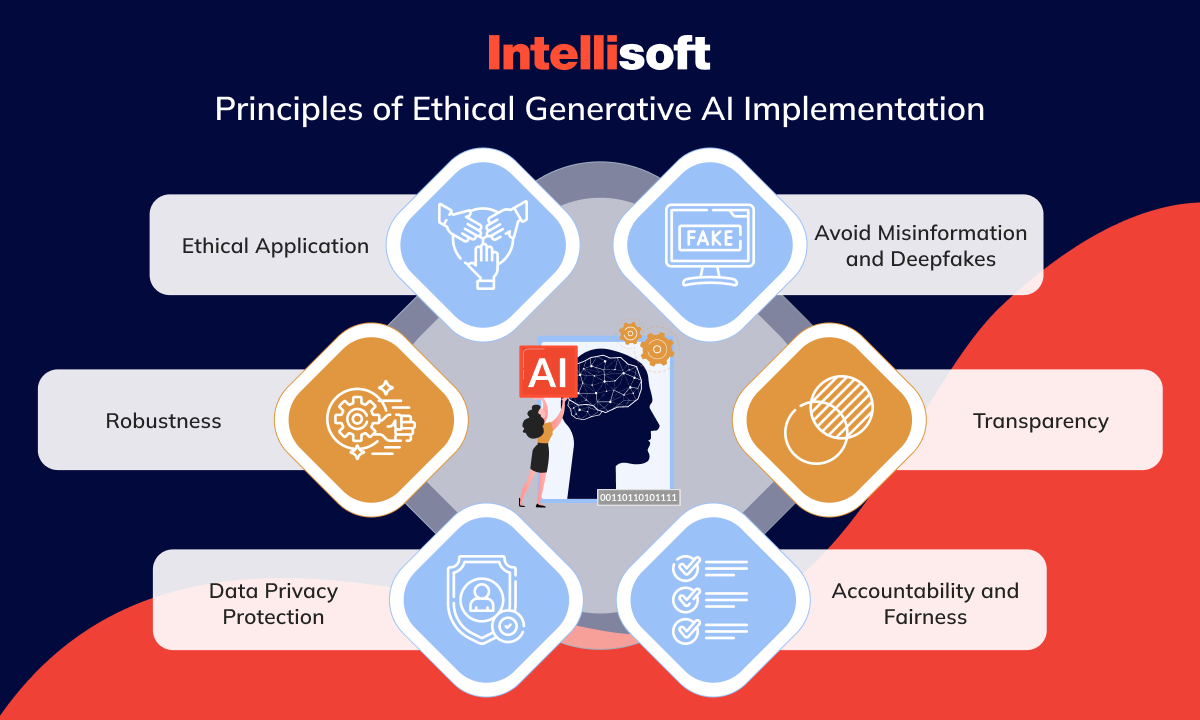
- Avoid Misinformation and Deepfakes. Generative AI has the potential to create misleading content, such as misinformation and deepfakes. Establishing guidelines for content creation and detection mechanisms for fake content can help prevent such issues.
- Transparency. Transparency is critical to ensuring that users and stakeholders understand AI systems’ workings and decisions. Developers and companies can achieve this by communicating how AI-generated content is created.
- Accountability and Fairness. When developing AI systems, it is vital to consider accountability and fairness as key factors. This approach means creating systems that can be audited and corrected if biased or unfair. It also entails ensuring that the training data is diverse and representative.
- Data Privacy Protection. This aspect is crucial in protecting individuals’ information used in training and generating content. Stringent measures must be put in place to address privacy concerns.
- Robustness. It is essential to focus on creating AI systems that are robust and reliable, minimizing errors or unintended consequences of AI-generated content.
Ethical Application. Ethical application should be considered, considering the impact of the content produced on society, authenticity, and ownership rights.
Conclusion
Generative AI has become popular for various enterprises, from writing marketing copy to discovering new pharmaceuticals. If you’re an enterprise leader and would like to implement generative AI into your business, it’s essential to carefully consider the best model for your business, your objectives, and the potential impact on your employees and customers.
At IntelliSoft, we know how to leverage AI solutions to make your operations faster and smoother. Our development team will consider these factors to successfully integrate generative AI into your business strategy. Contact us today to learn more about our approach.
